Something about Dhanushkodi really stuck with me when I first visited it many years ago. I knew nothing about the place but ended up there one very early morning with a group of filmmaker friends as part of a brief visit to Rameshwaram Island (Tamil Nadu). Its stunning physical beauty with the Bay of Bengal on one side and the Indian Ocean on the other and this sliver of land stretching for kilometers in between was obvious. But there was something more about this place that made me go back there many times.
Since 2009 I have been photographing Dhanushkodi to both figure out what about the place resonates so much with me and to also look at the different narratives surrounding it. Dhanushkodi’s constantly changing physical landscape and its proximity to Sri Lanka have shaped many of these narratives. It is the site of the Ram Sethu in the story of Ramayana. It was once a thriving border town that was completely destroyed overnight in 1964 in a massive storm and all that remain now are ruins scattered in the sands. During the conflict years in Sri Lanka Dhanushkodi was the landing zone for countless Sri Lankan Tamil refugees fleeing the violence. The small fishing community that lives here today has a difficult and fragile existence with no access to roads or electricity. Dhanushkodi also attracts thousands of visitors during the day in the form of pilgrims seeking signs of Ram, and tourists attracted to its isolated, barren landscape.


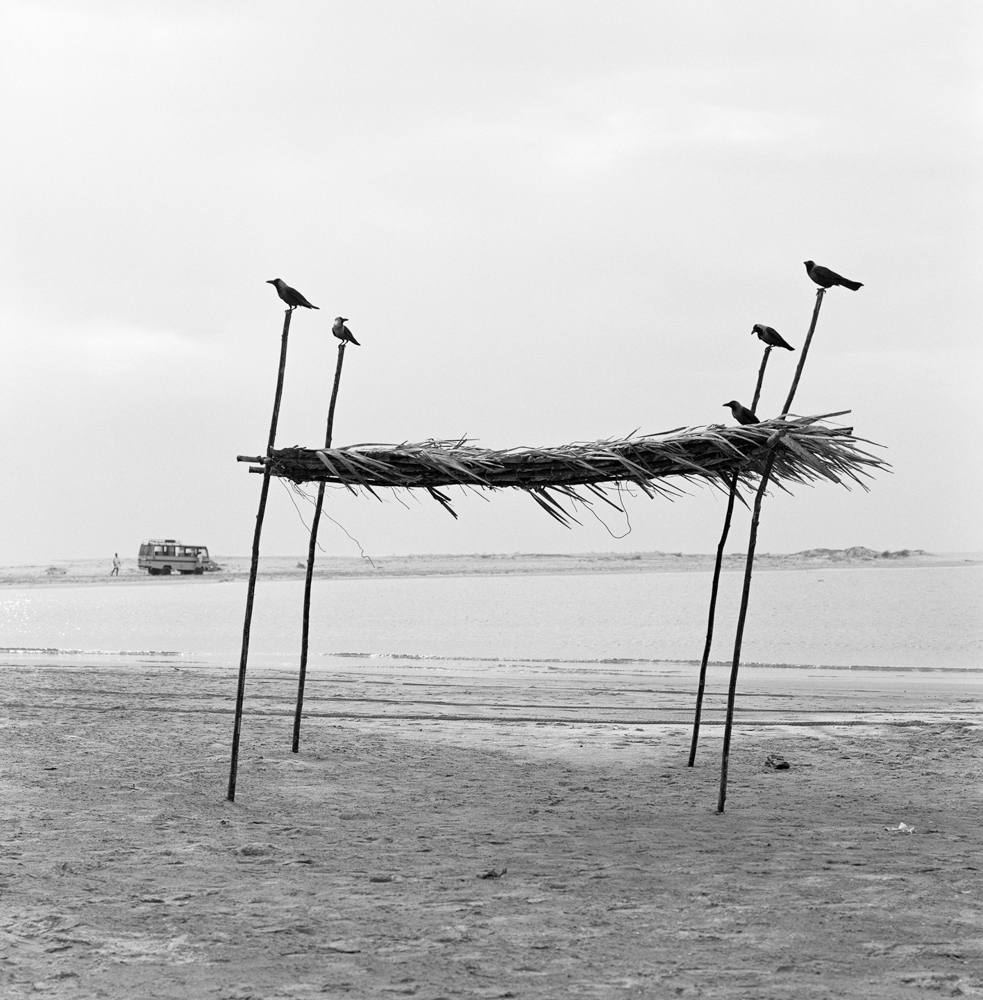




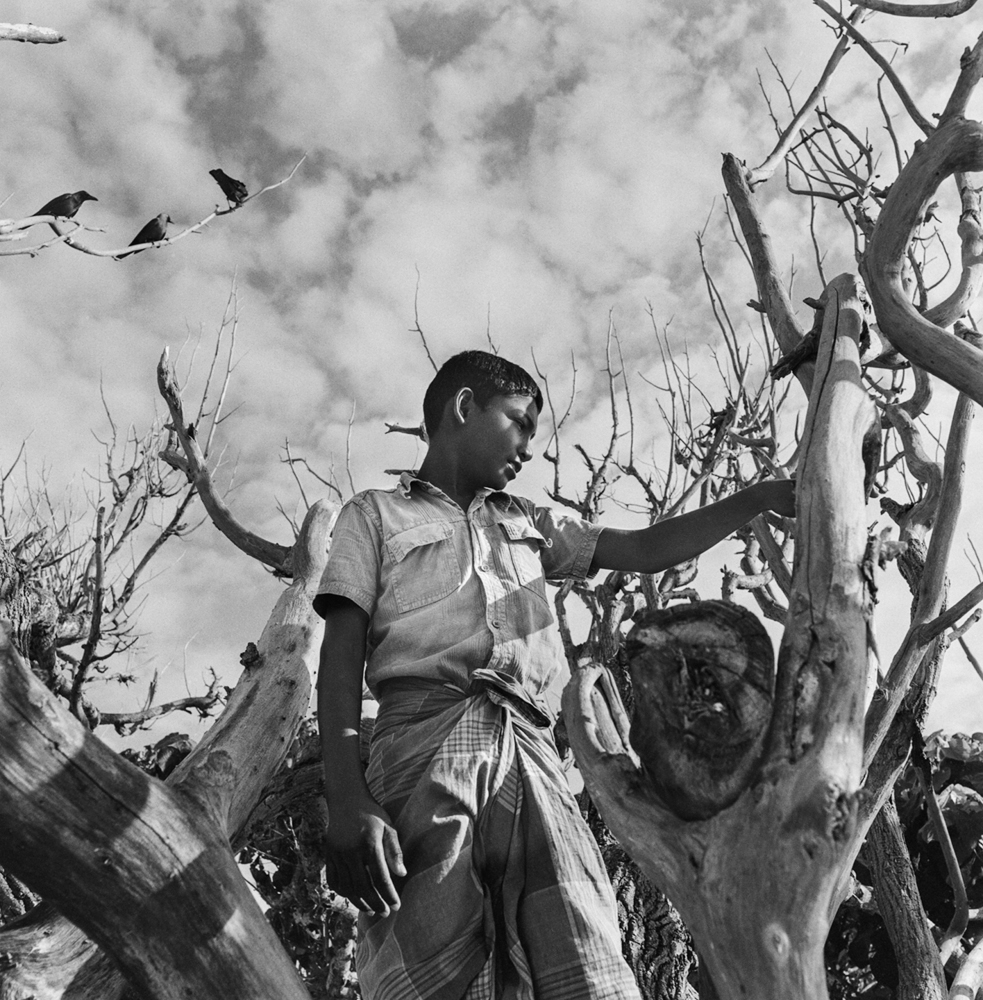

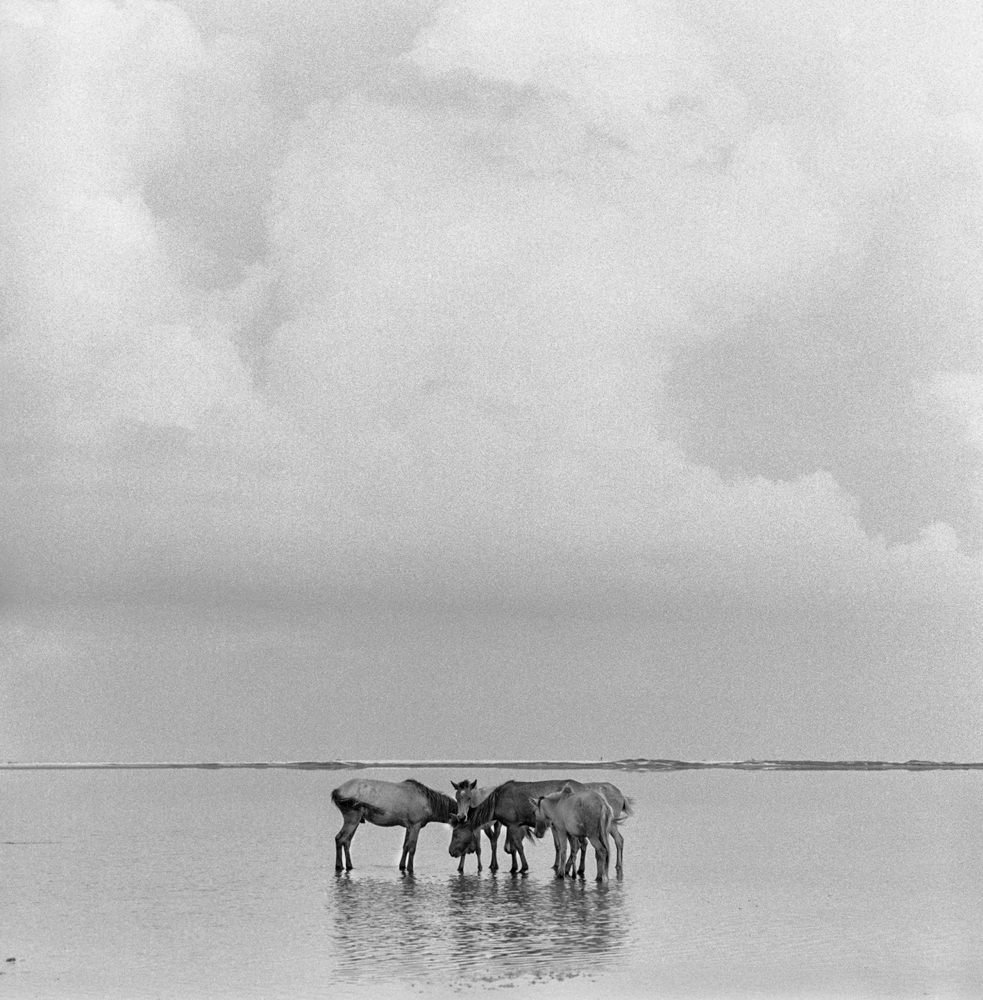

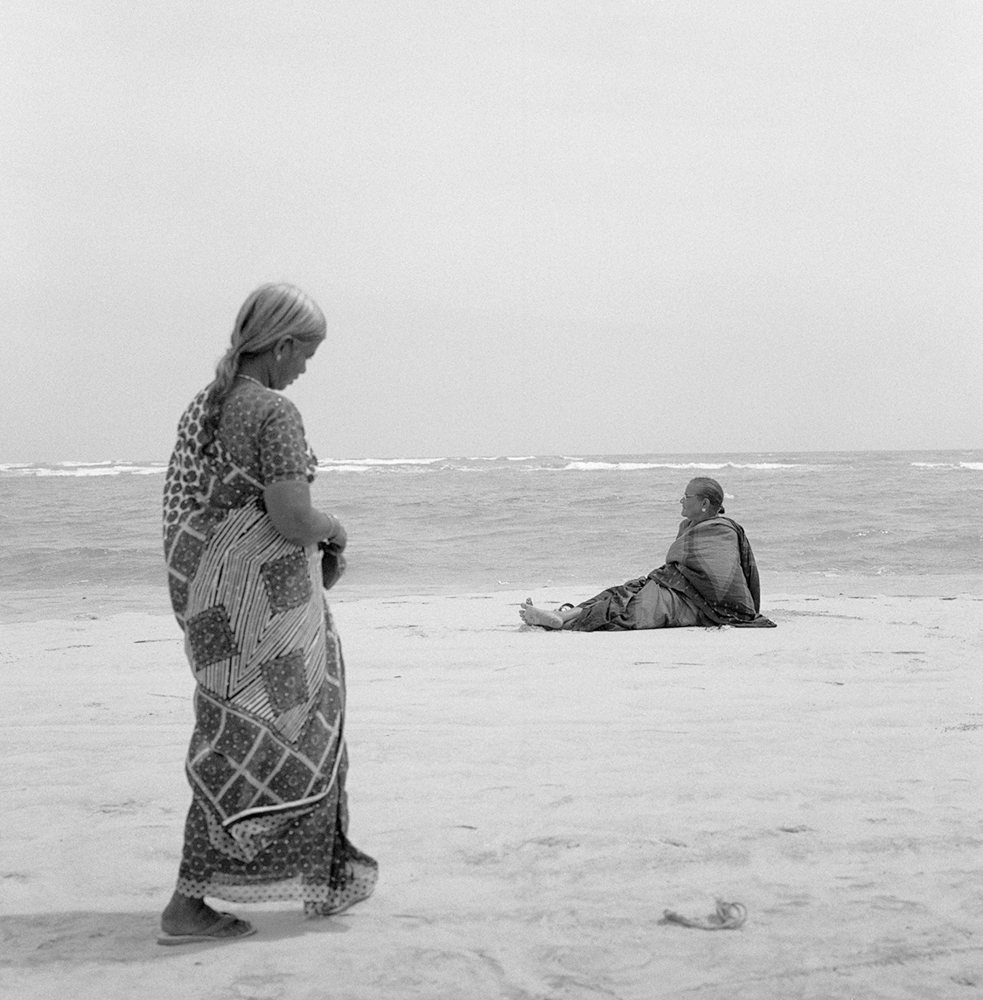
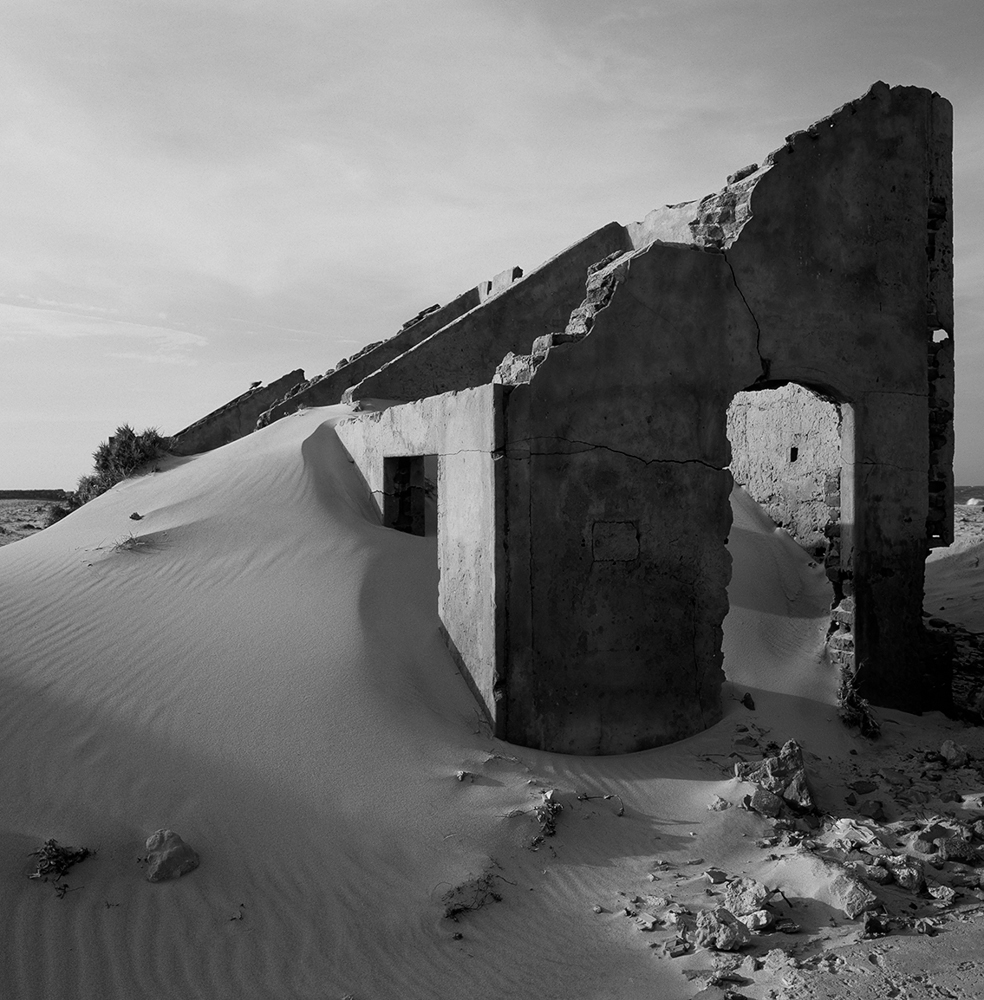



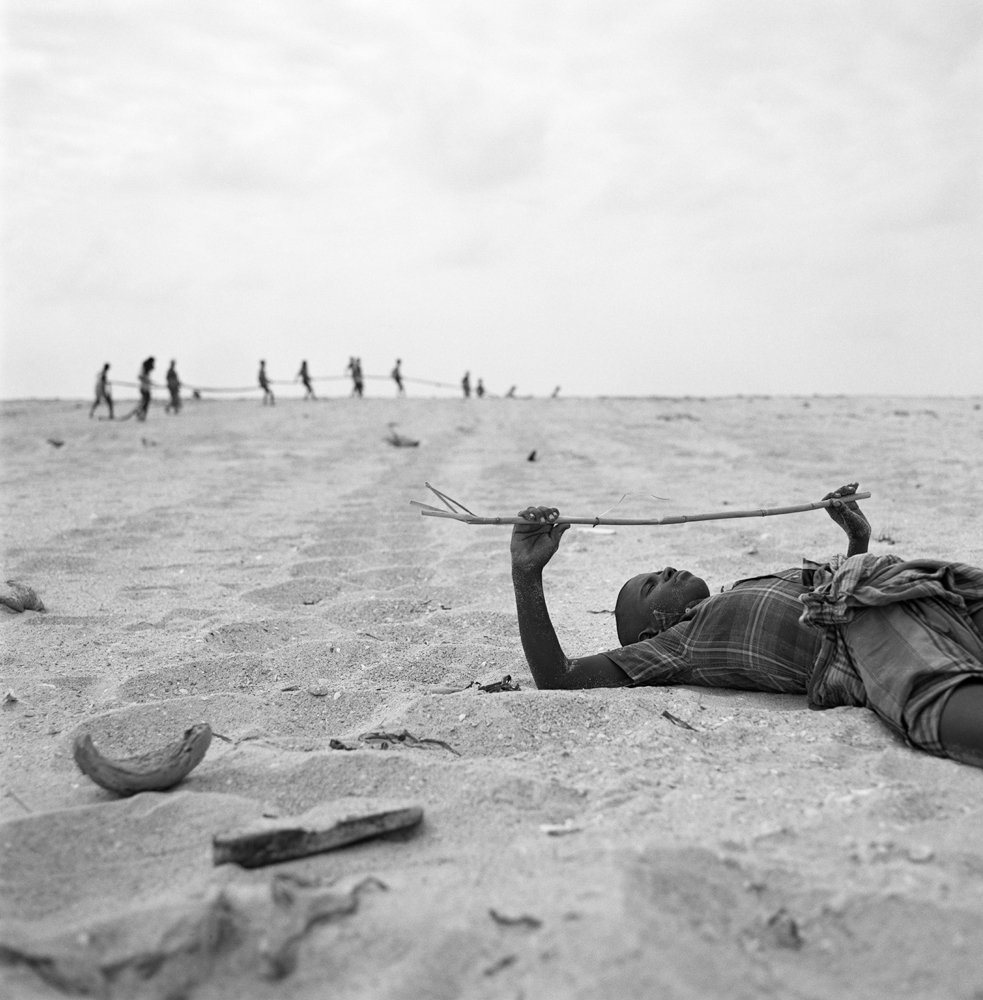
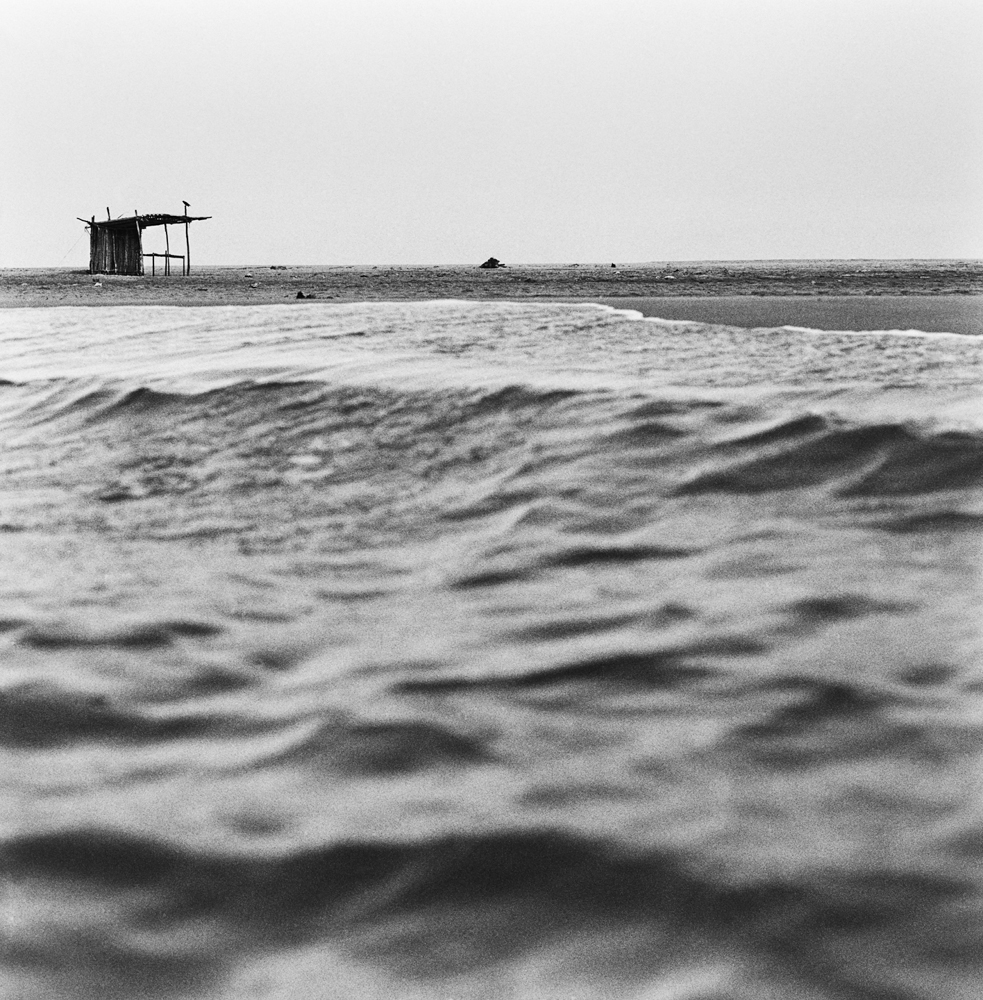
Bio:
Rajiv Kumar is freelance photographer based in New Delhi pursuing work that relates to his interests in social sciences and art history. Clients include UNICEF, World Health Organization, Kinder Not Hilfe, TNQ Books and Journals, and the Center for Plant People & Ecology (CPPE).
